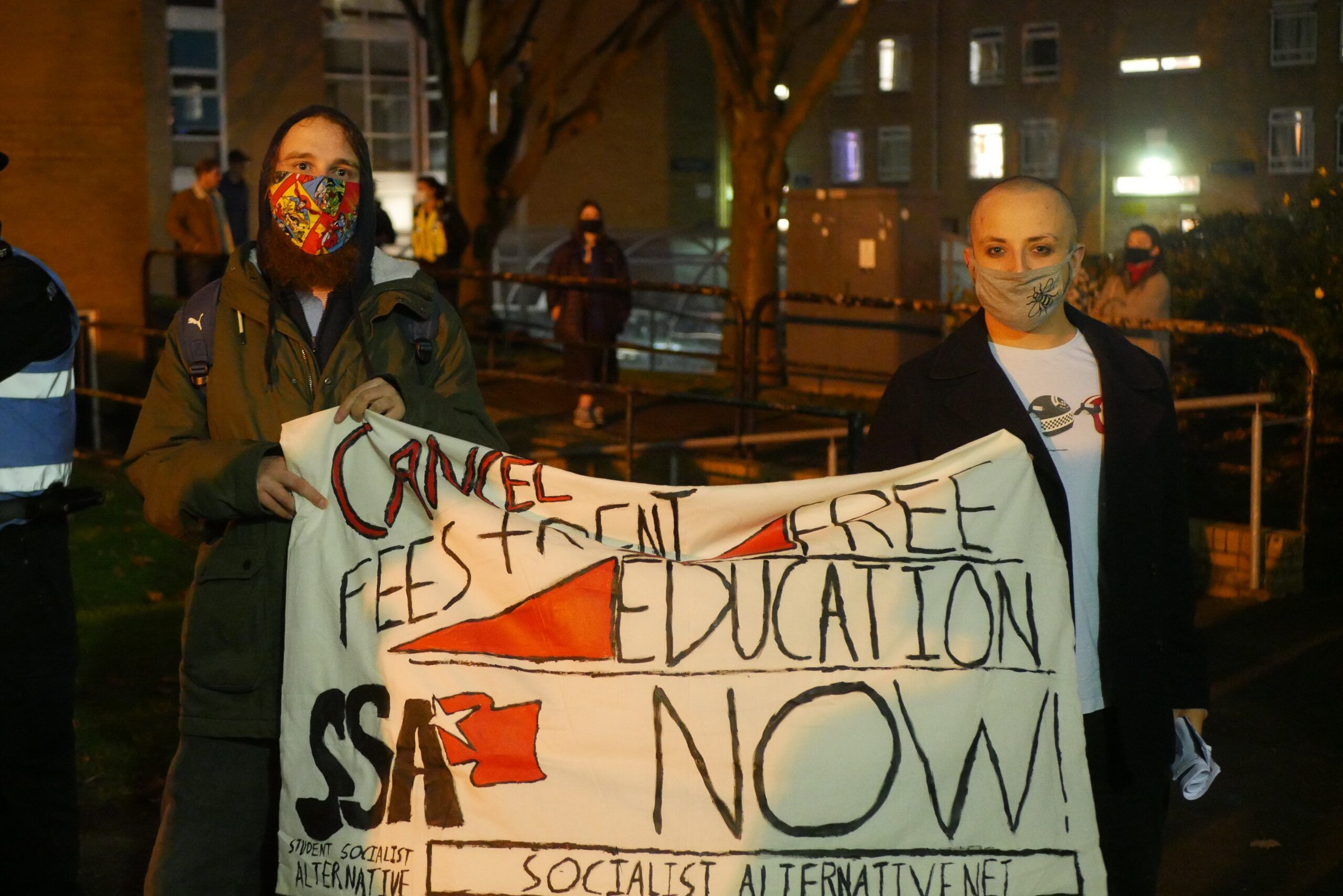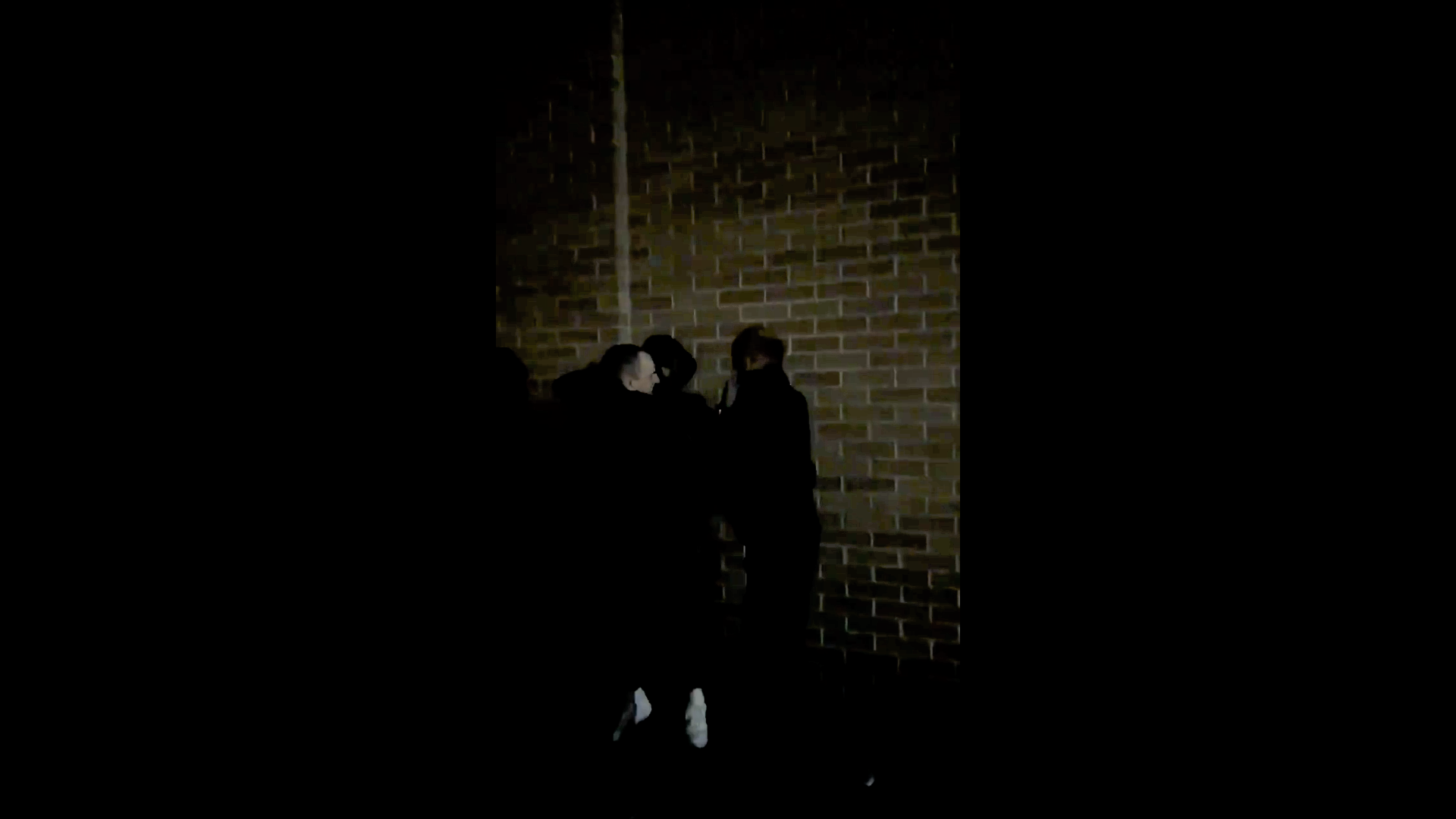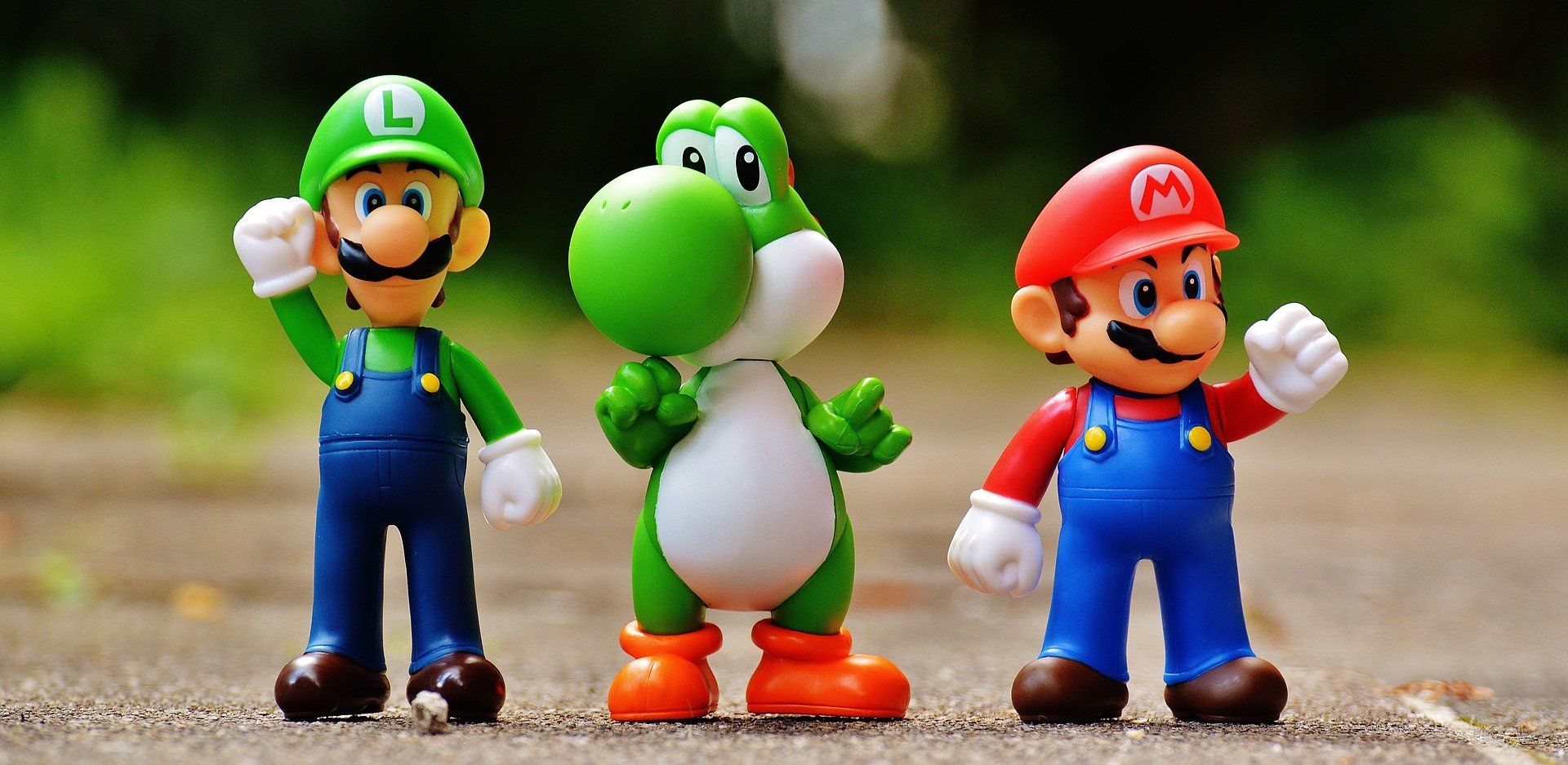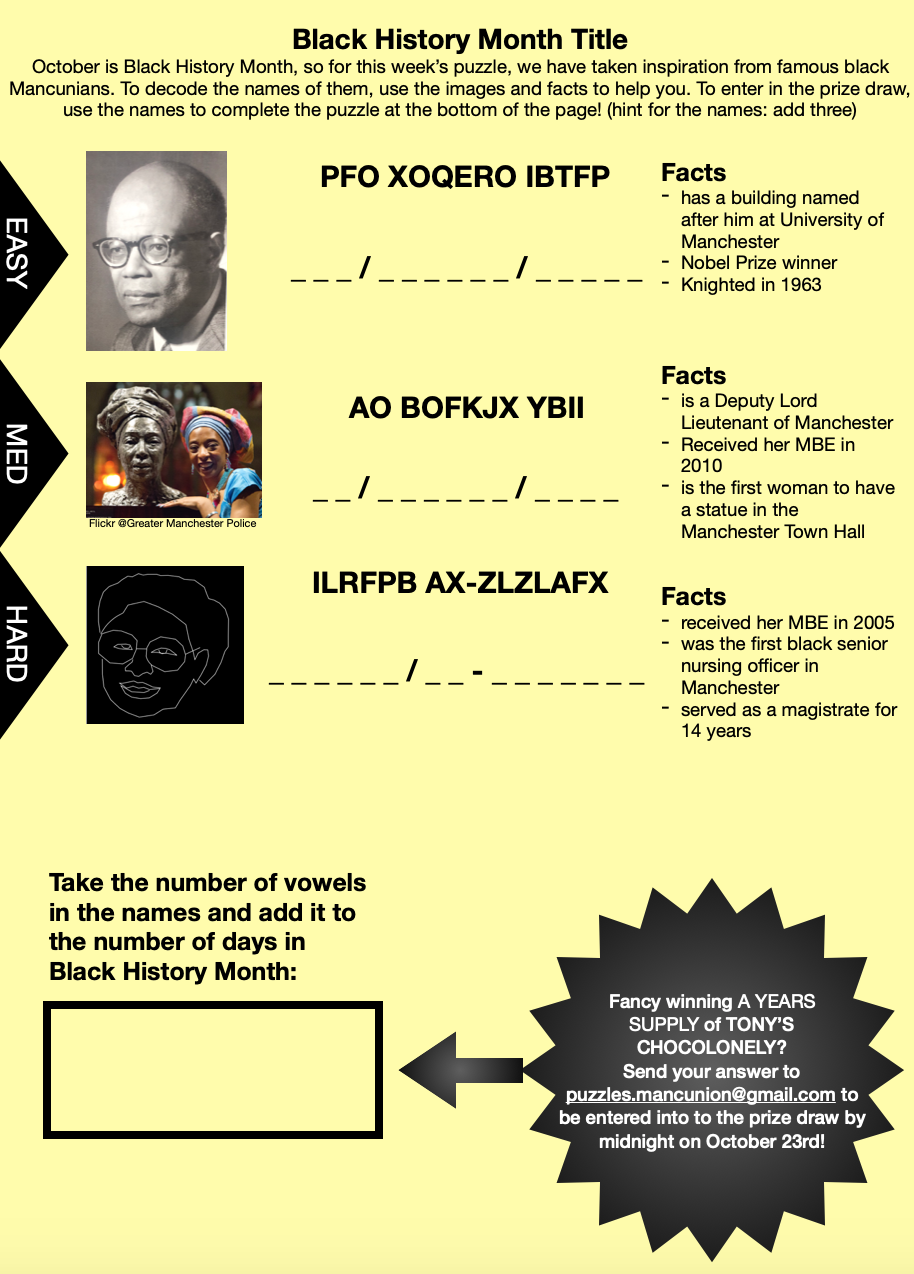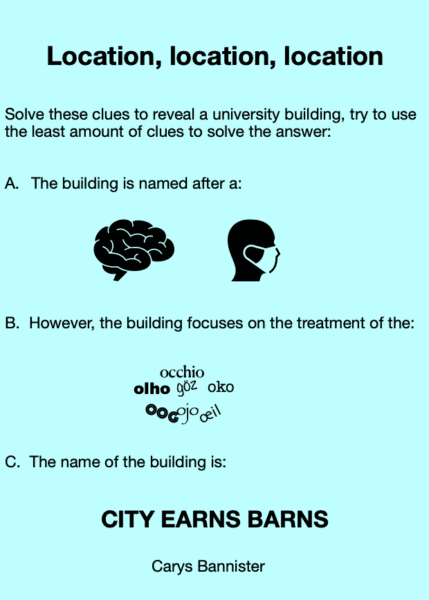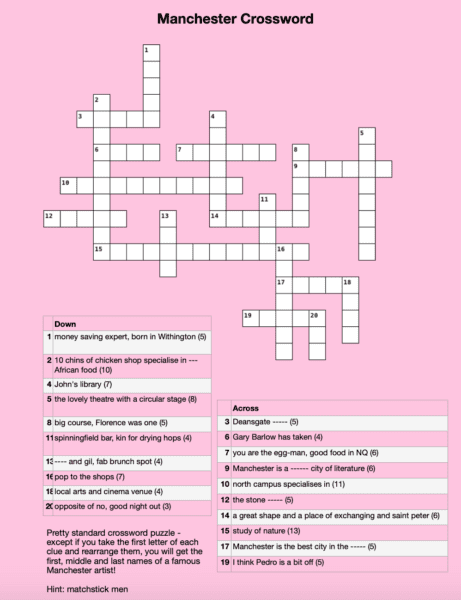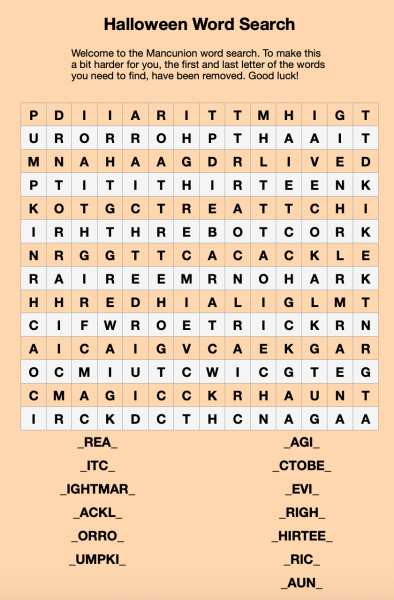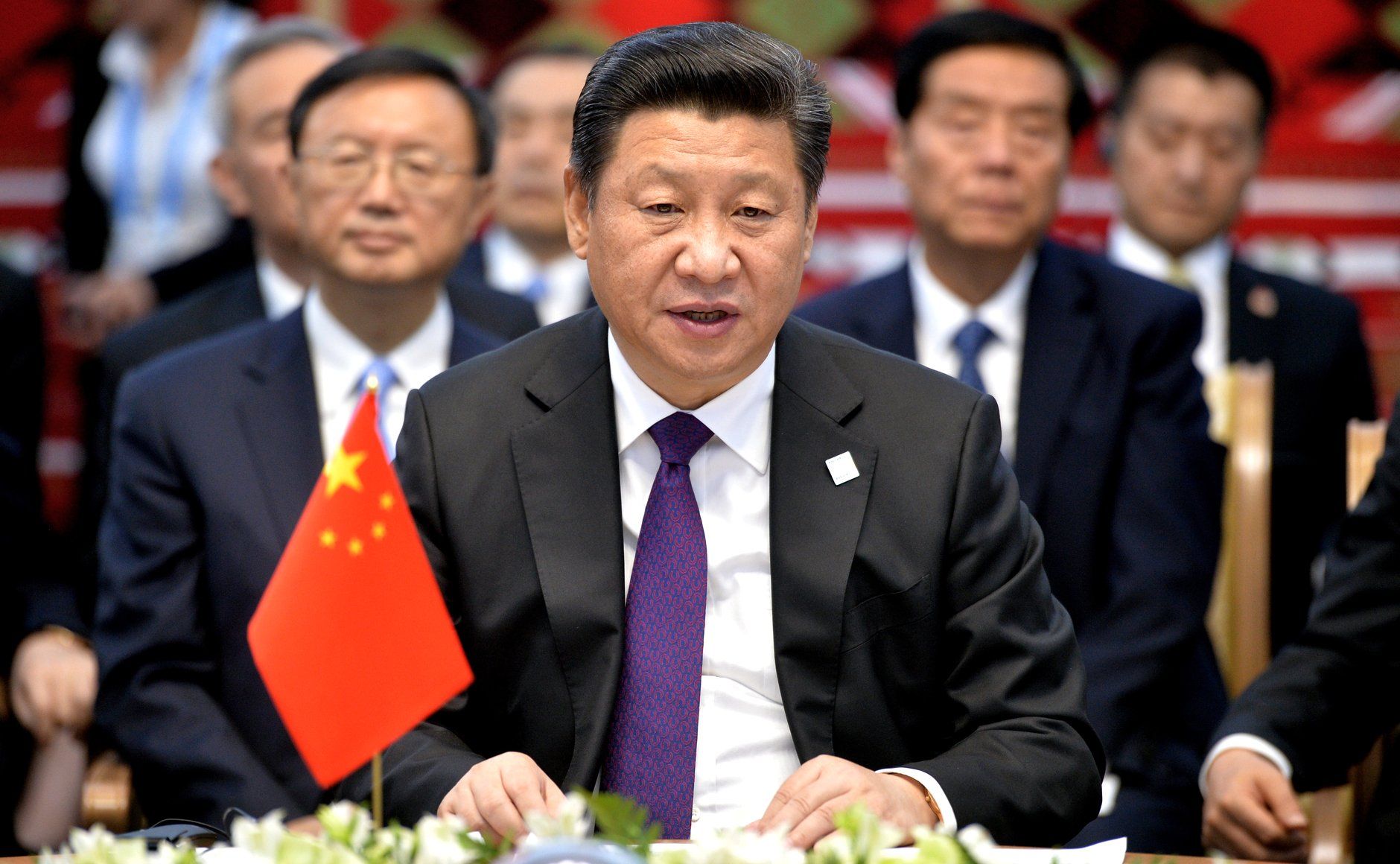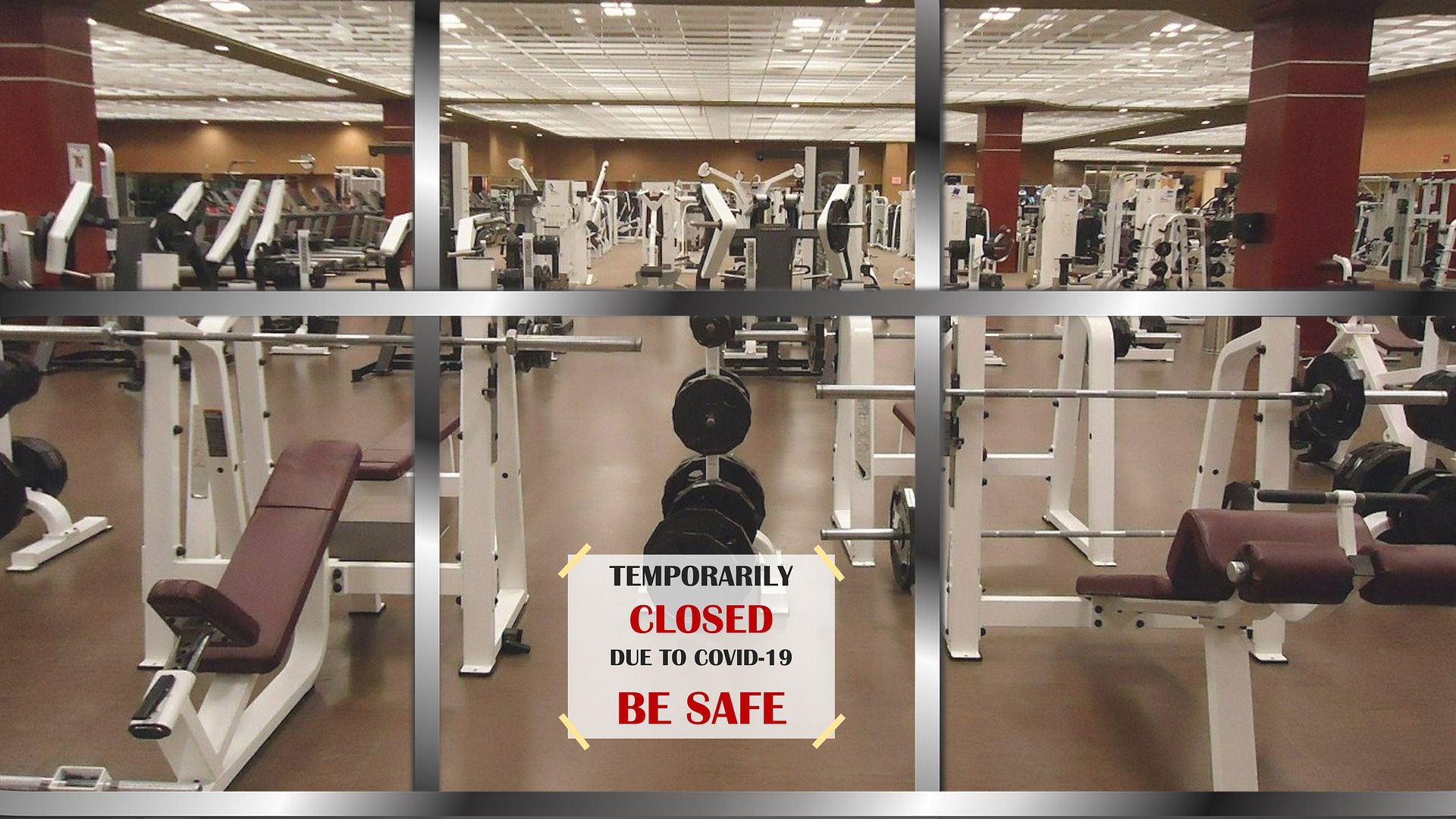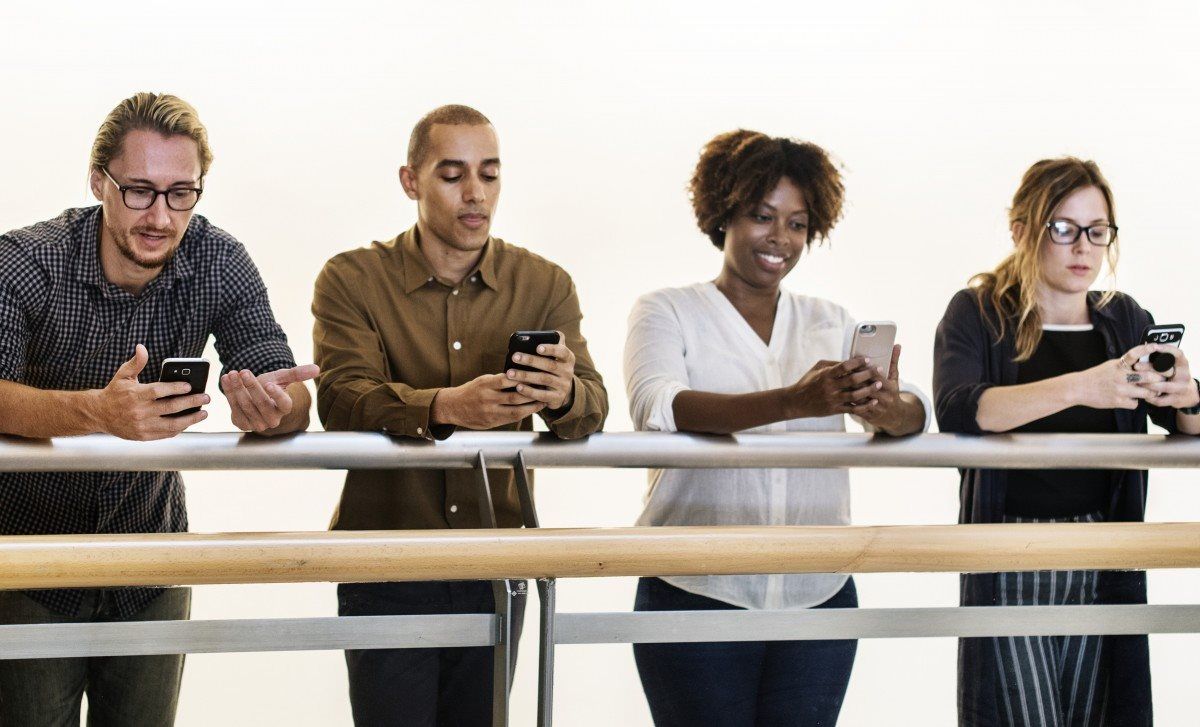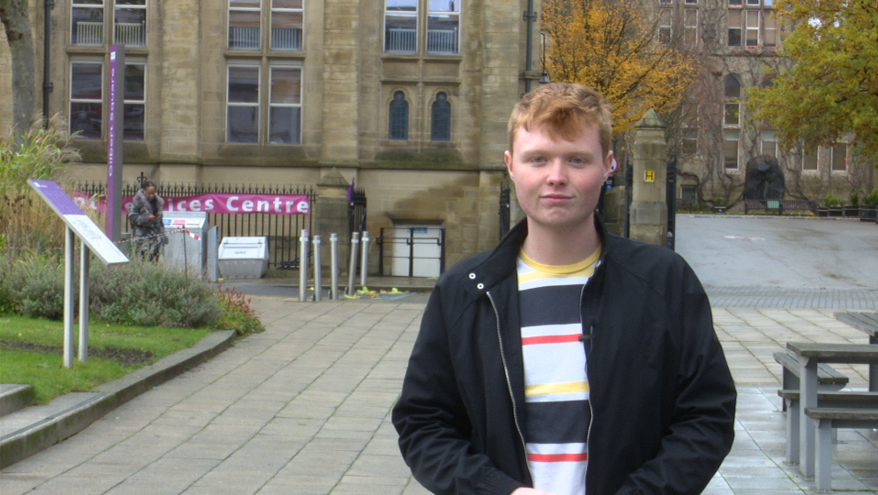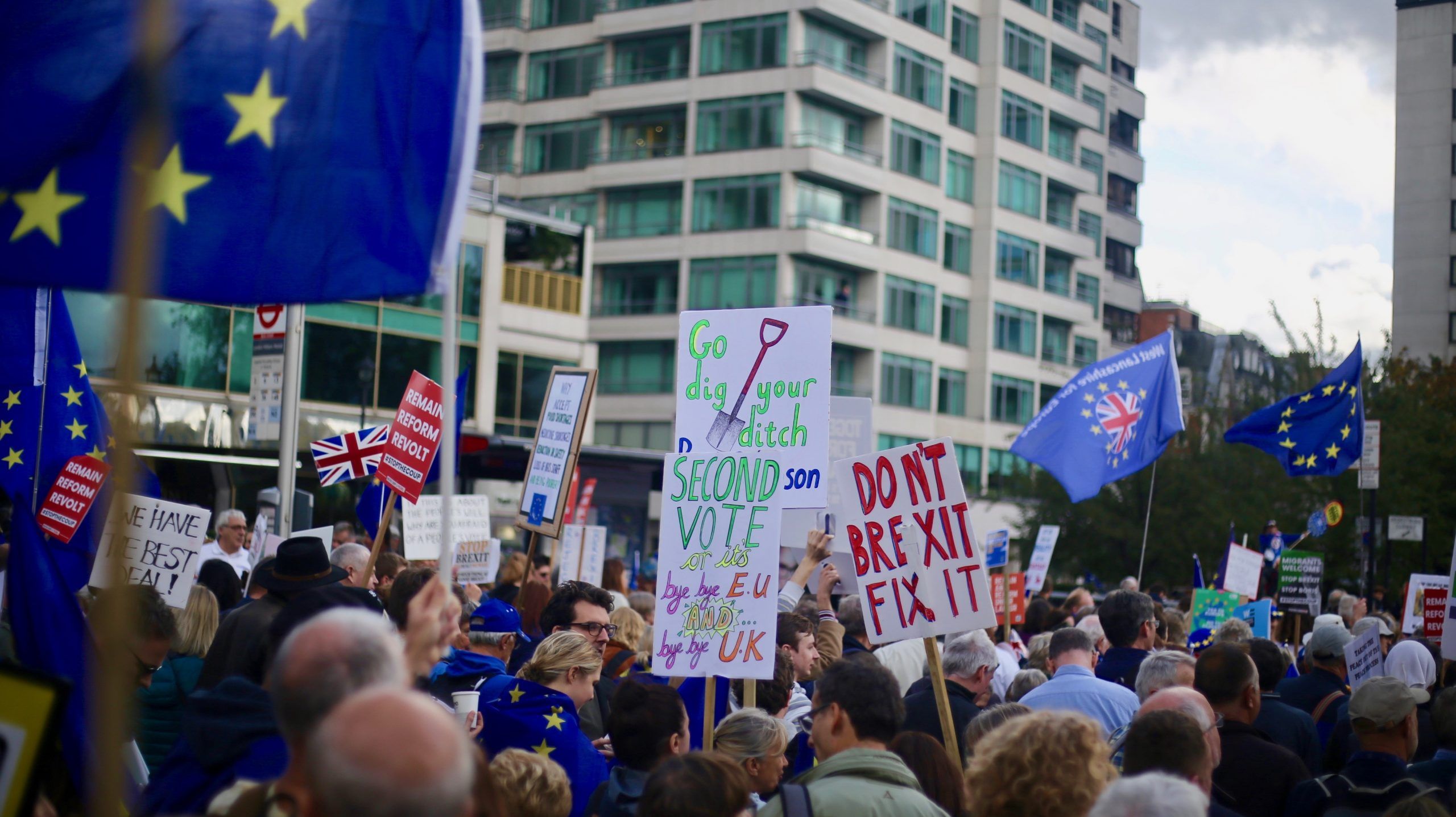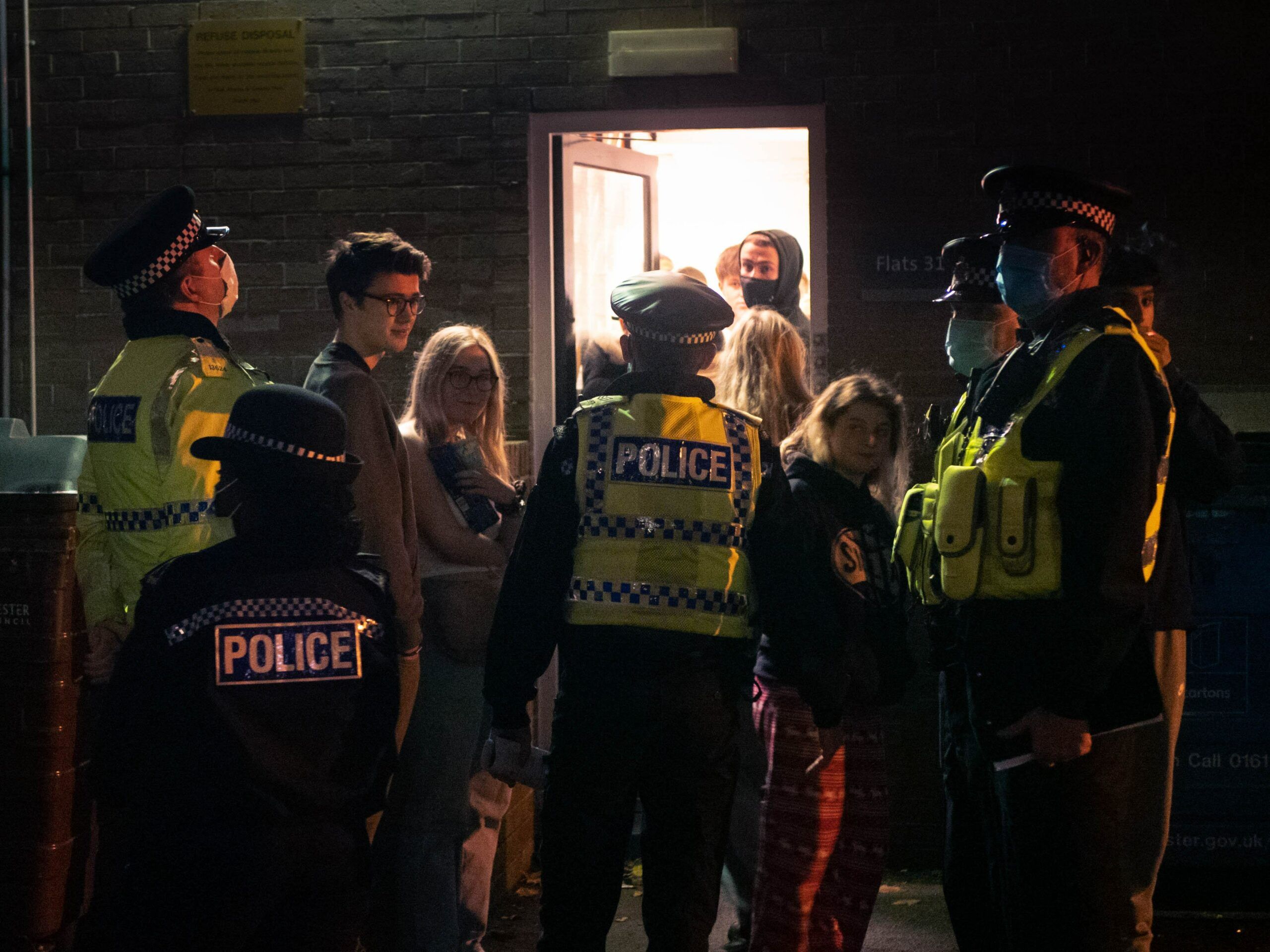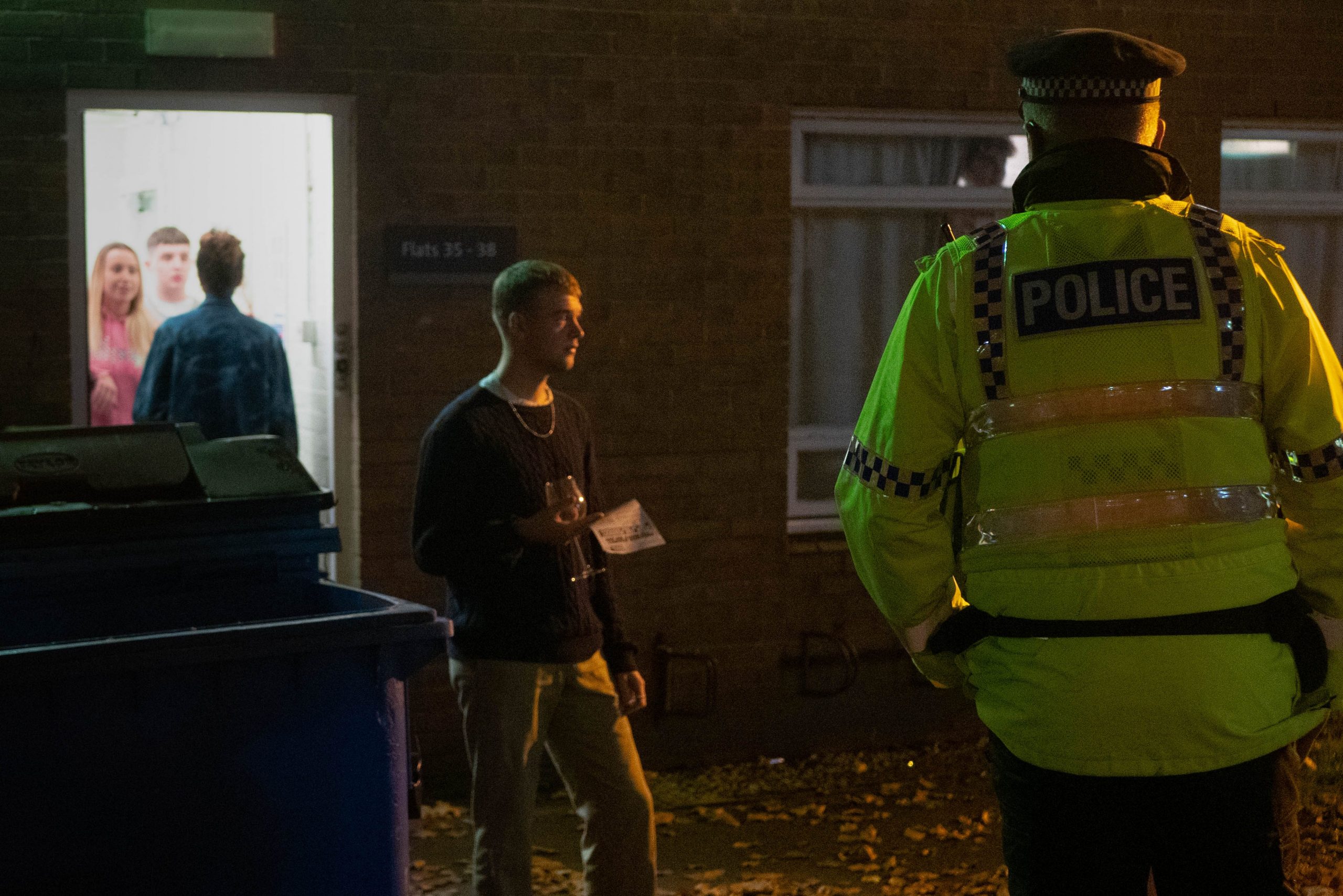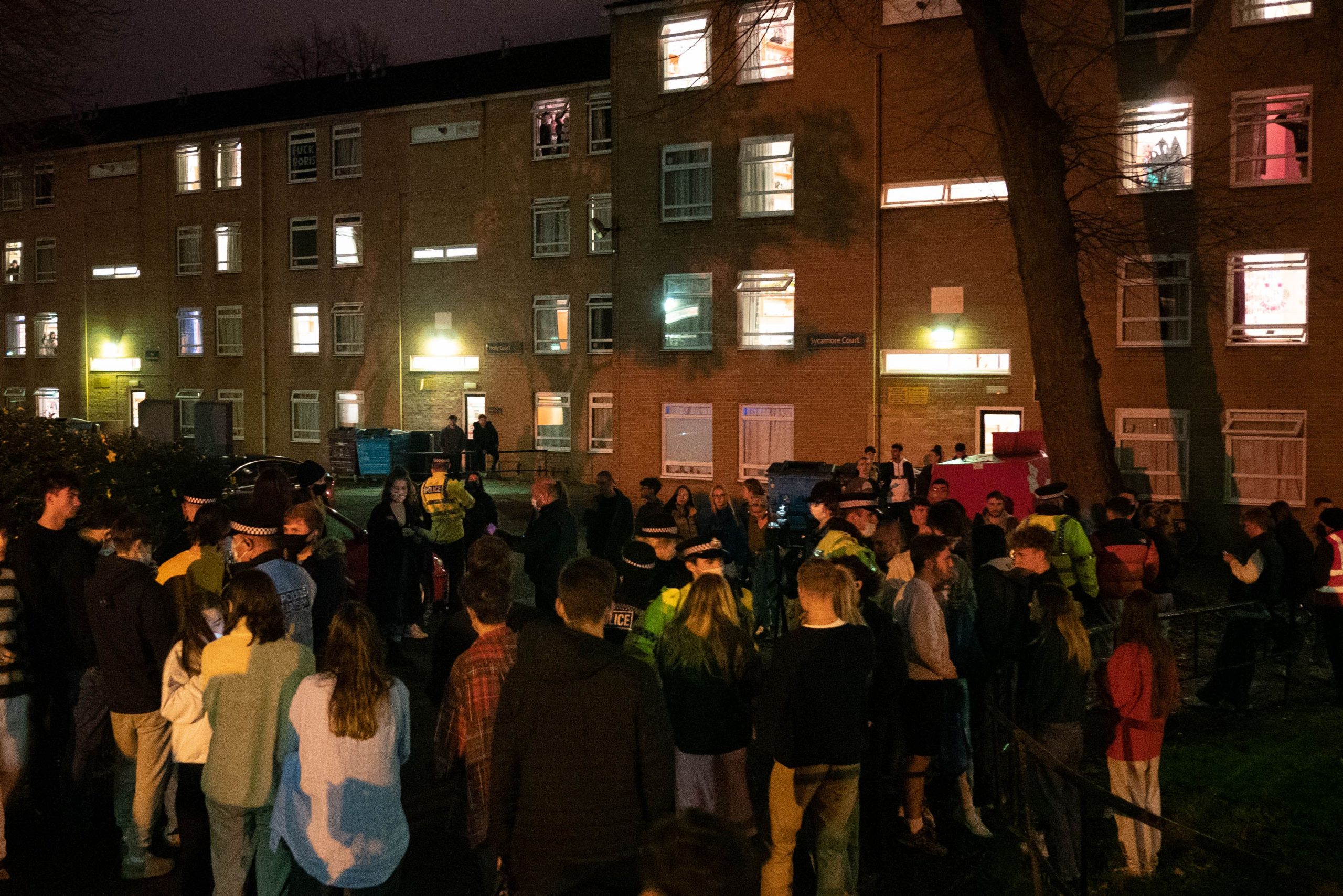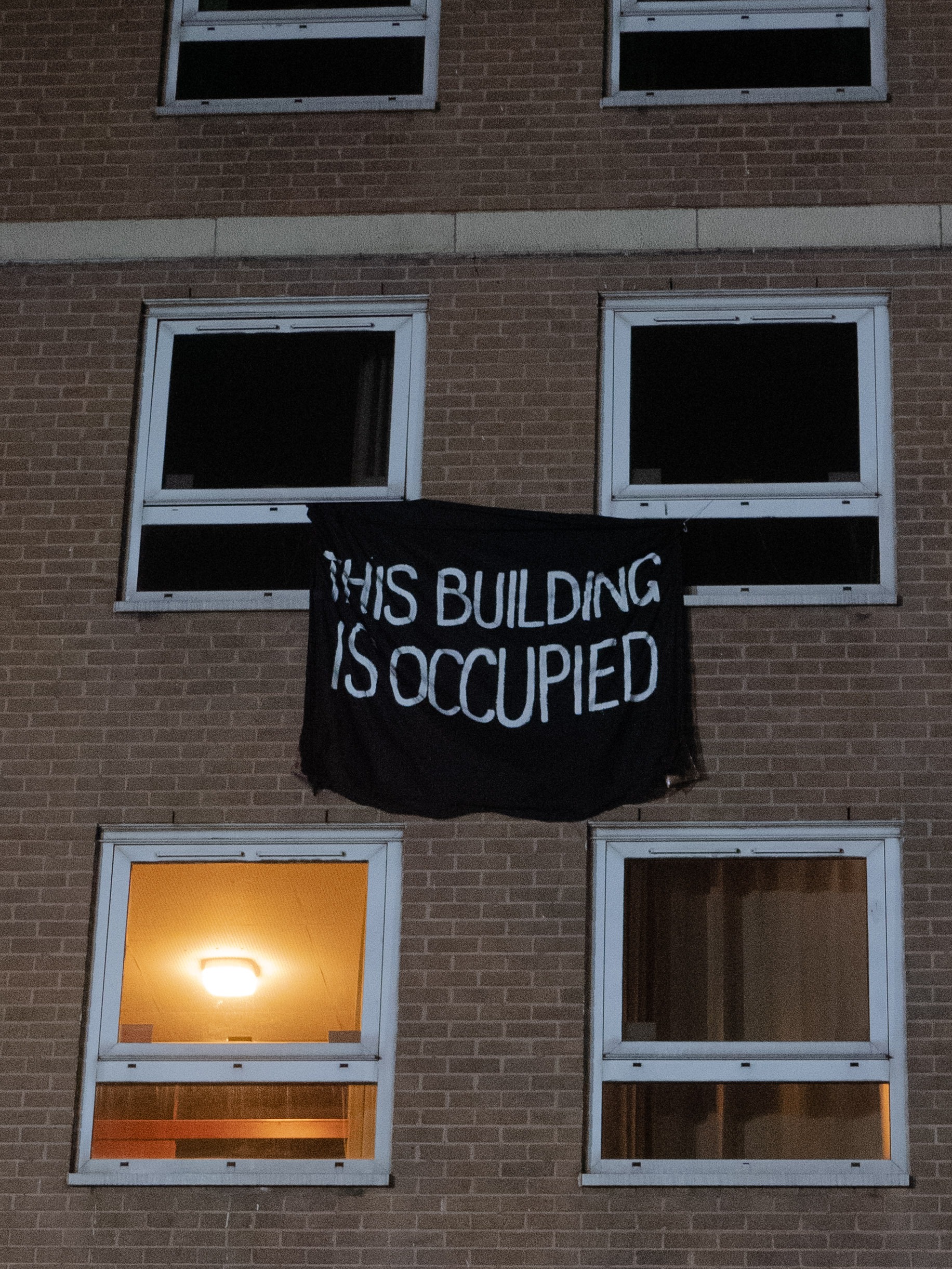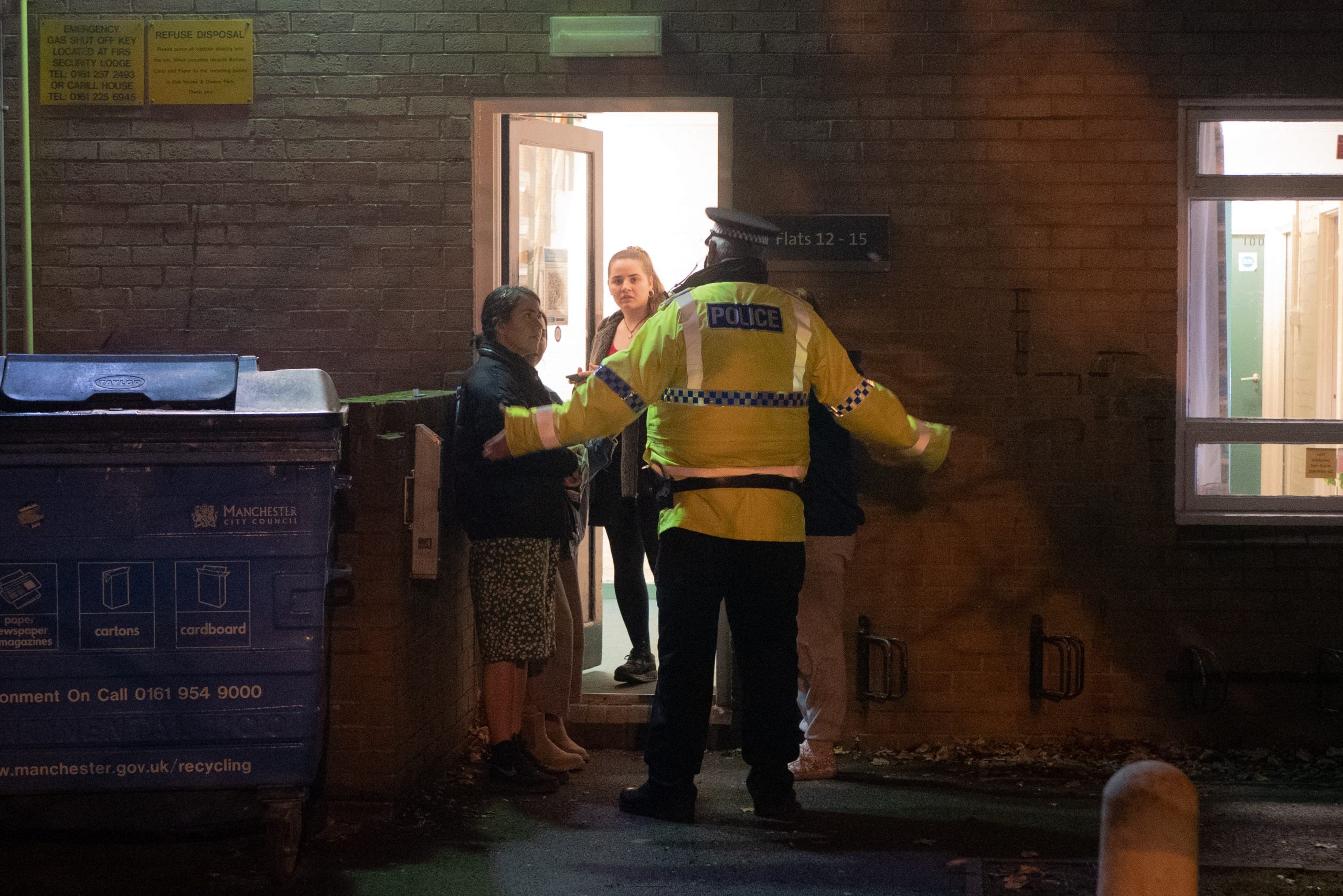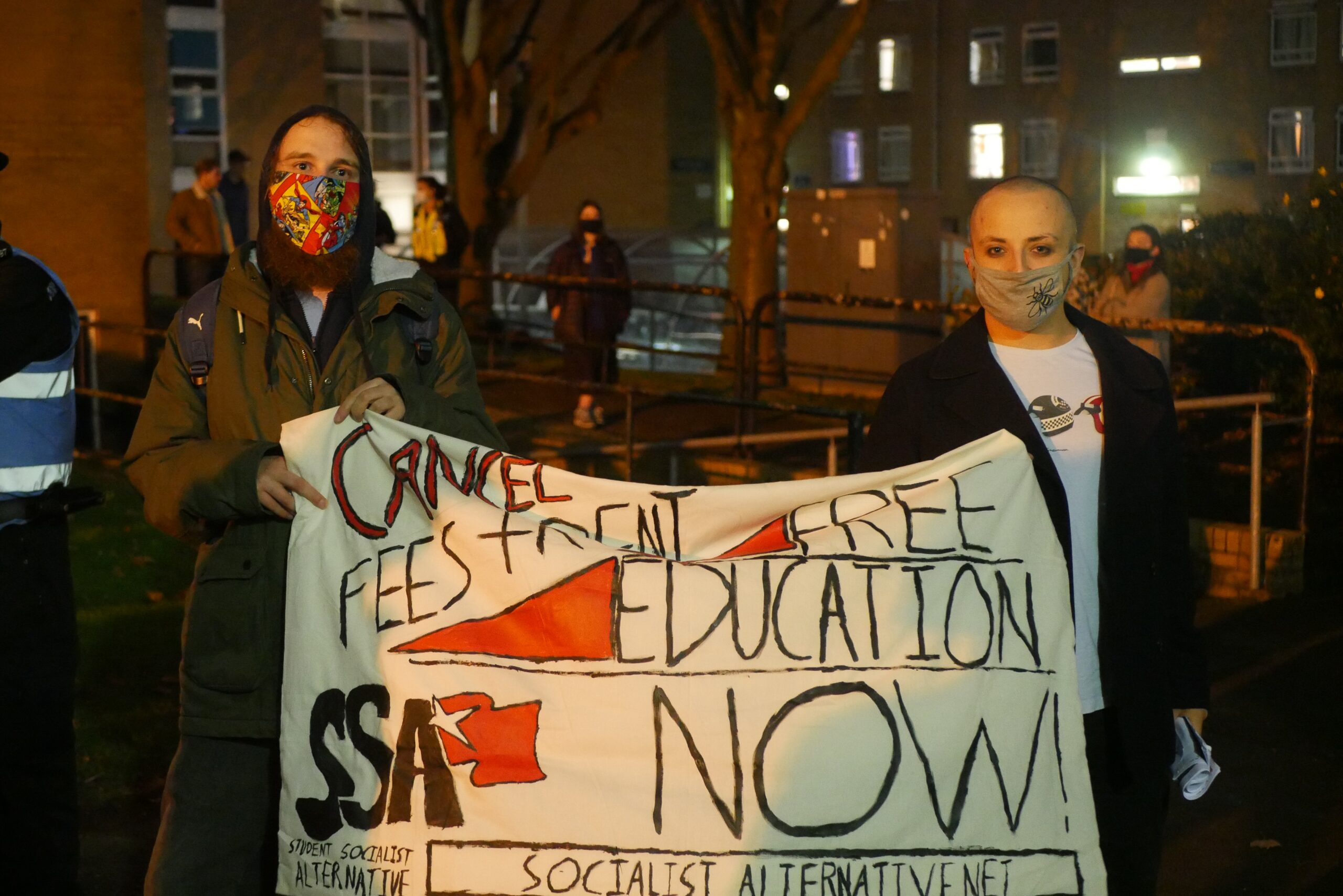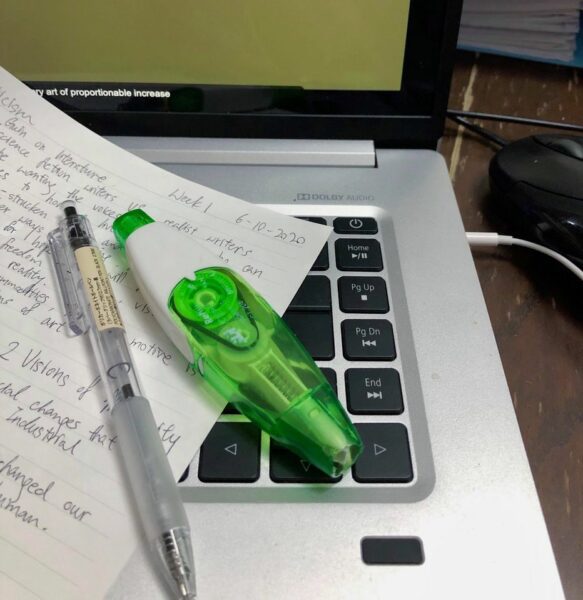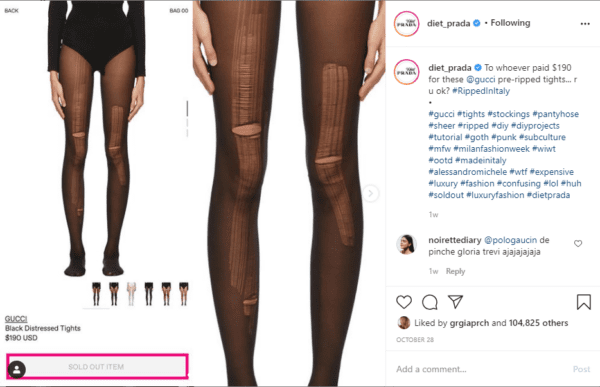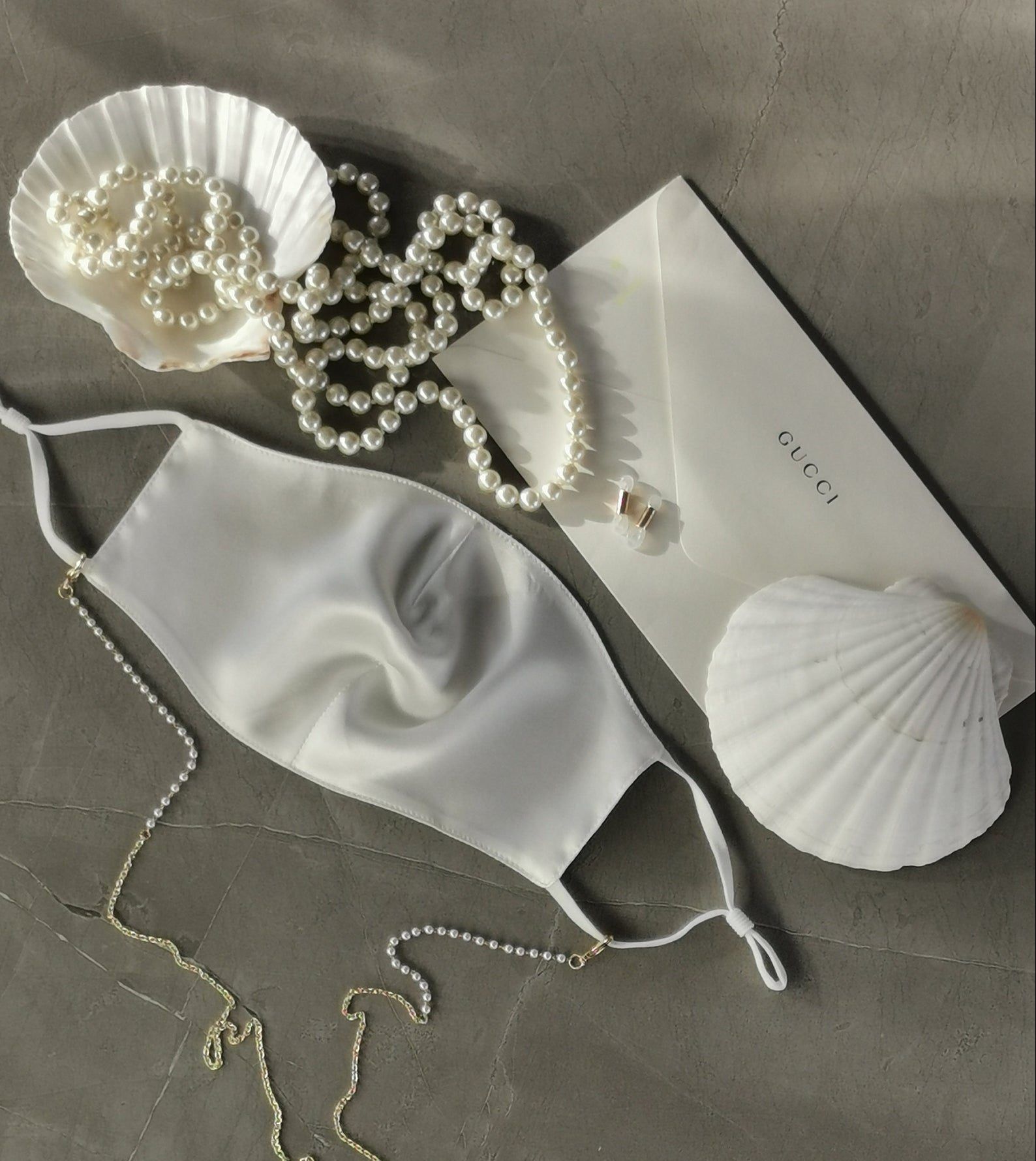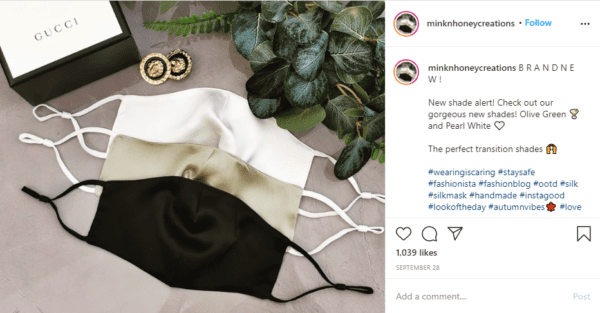Are romantic relationships really important?
“Love is giving someone the ability to destroy you, but trusting them not to”
This anonymous philosophical comment could not have summed up my sentiments more accurately.
Love is not physical, but an emotional response we feel for another person, object, place or circumstance. It is a power that can conquer distances and spread across the world, reaching even the most remote places. Joseph Campbell wrote, “Find the place inside where there’s joy, and the joy will burn out the pain.” The joy love brings has been known to start many conflicts, but also heal broken bonds and restore peace as history has shown.
Portugal, 1339. The heir to the throne, Pedro I, awaits his arranged marriage to the wealthy daughter of a Castilian noble, Costanza. The future queen appears in court accompanied by a lady-in-waiting, the beautiful Inés de Castro, who the future king is enamoured with. The couple meet secretly until Costanza’s death in 1345. Once Costanza had passed, Pedro I spoke of Inés as his ‘queen’ and loved her passionately. But, only one year later, Pedro’s father, Alfonso IV, convinced by several vassals that Inés could turn his son against the Portuguese in favour of the Castilians, ordered her to be killed. Enraged, Pedro challenged Alfonso, but had very little support and was defeated within a few months. In prison, Pedro’s future was uncertain until Alfonso died, and Pedro became King of Portugal. Once king, Pedro hunted the three killers of his lover. Two of the killers were caught and, as punishment, Pedro physically ripped their hearts out. The third killer died in exile. Having enacted his revenge, the king exhumed the body of his lover, dressed her in the finest robes and made his father’s vassals kiss her hand, recognizing her as their queen.
Tales such as these tell us the power of love. If a future king can threaten his political standing, his security and his loyalty for a woman he is not even betrothed to, then the power of love and the need for a loving relationship is far stronger than any scientific force.
But is this force necessary? Is it truly an aid, or is it a hindrance? Pedro I’s position meant that he had his entire future planned by his father, yet he still chose a woman he barely knew. He still chose risk above stability. If the future king hadn’t chosen to betray his wife, there would have been no cause for a war between father and son, severing their trust and love. Admittedly, it lasted less than a year, but still, there were casualties.
But, before I prate on about the past chances I’ve let slip through my butterfingers, I must relay to you that I do not have vast experience in the world of relationships, nor do I see any emerging in my immediate future, so I have very little authority to talk about the importance of romantic relationships. But I’m going to anyway!
The stereotypical image of the boy and the girl meeting on a hot summer’s day, flashforward to them kissing in the rain and confessing their underlying love for one another, much like Romeo and Juliet, frankly, makes me physically ill. Show me a couple that fits this impossible brief and I’ll show you a pair of liars. What the movies don’t show is that romantic relationships take work. They are tiresome, troublesome, and tenacious.
But we power through. Then we get to the enjoyable honeymoon phase filled with sickeningly sweet jokes and flirtatious lines that strike up envy in those around them, myself included. Us singles are bitter people.
Nevertheless, it is a necessary evil. Our suffering is met with others’ joy. This contrast in emotions is a driving force for many; it creates ambition, passion and determination.
Of course, we wish it wasn’t. In an ideal world, we would all be jovial and blissfully oblivious to the reality of life alone. I believe, and I do not mean offence by this, relationships are more centred around their outer appearance rather than enjoying another’s companionship. There appears to be more effort going into a couple’s Facebook page than into their relationship nowadays. The insufferable status of ‘it’s complicated’ has driven many a single up the wall when browsing social media in search of some clarity in this love-struck world.
Love itself is a questionable term. Much like the word ‘literally’, love has been manipulated over the years to mean different things to different people. The line between describing your love for a can of Coke and your love for a life partner has blurred considerably. Whereas love was once a powerful, heartbreaking, soul-wrenching term used by people in moments of passion, it has now devolved into everyday lingo. I myself am a victim of this catastrophe; I find I use the word love on a regular basis with no real reason to do so. This butchering of the English language has become a part of it – a sad truth I have yet to accept.
Love is a foreign concept, one from far off lands where soulmates meet and live in everlasting harmony. This curious creature can create an Elysian relief for some, or a reason to retreat into a dark place and never return for others. Whilst love is a detriment for many, there’s hope at the end of the tunnel.
Old-fashioned romance is dead. However, a new romance has taken its place. Our modern-day love has shaped lives and created new ones.
To finally answer the question I originally proposed, yes, romantic relationships are important. They inspire good and promising qualities within people, such as loyalty and a sense of humour. Rita Rudner, an American comedian, sponsors a very rational meaning for marriage, I think, saying, “I love being married. It’s so great to find one special person you want to annoy for the rest of your life.”
I am still searching.
I will now leave you with the words of Stephen Hawking, “One, remember to look up at the stars and not down at your feet. Two, never give up work. Work gives you meaning and purpose and life is empty without it. Three, if you are lucky enough to find love, remember it is there and don’t throw it away.”





